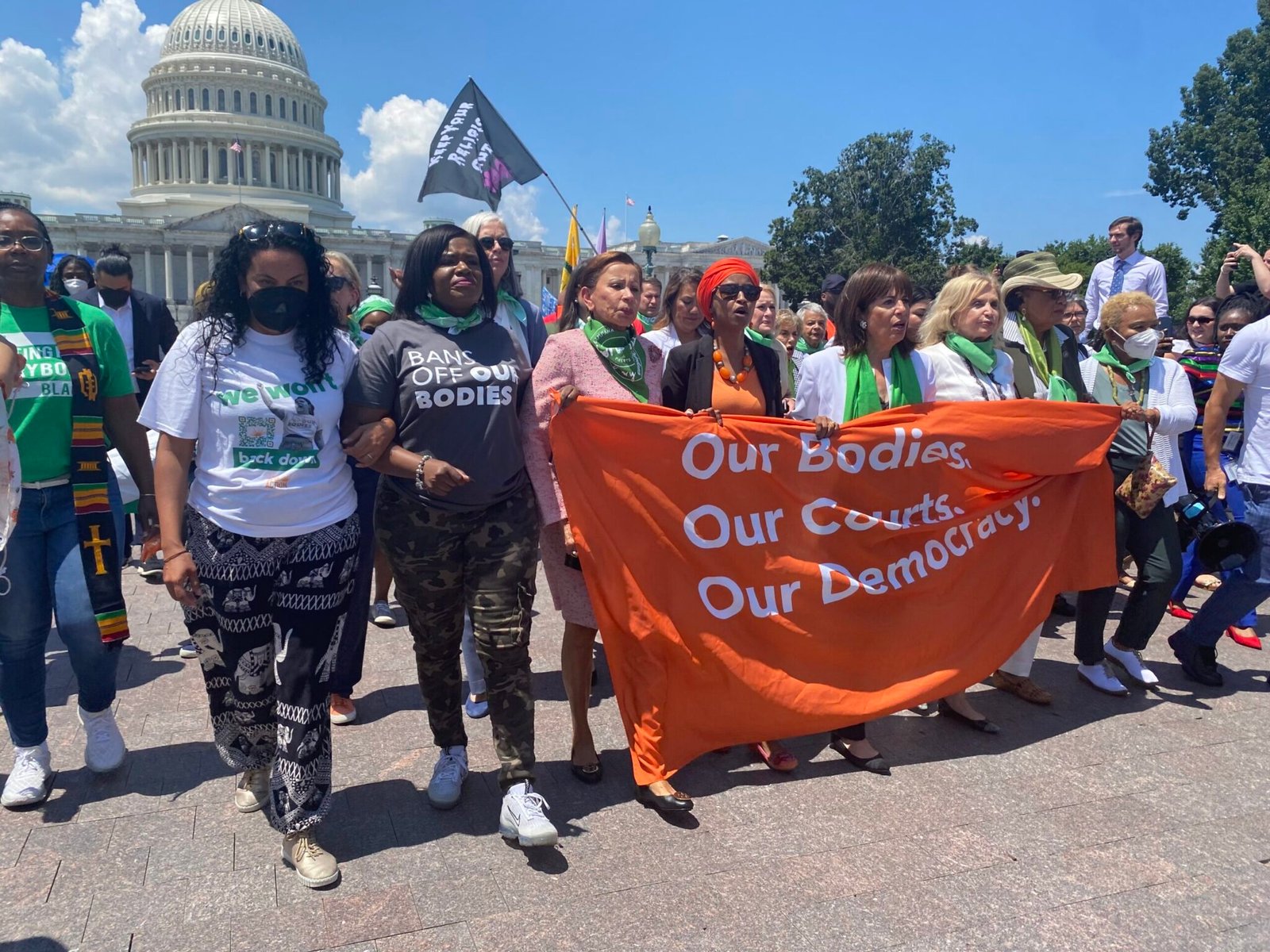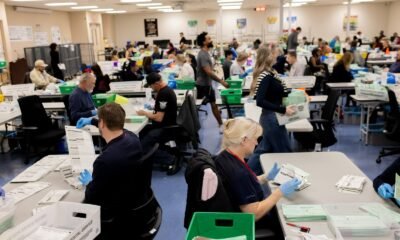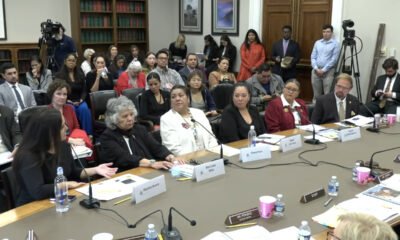2024 election
Women of Color Poised to Transform the 2024 Election Landscape, Experts Warn

As the 2024 presidential election nears, women of color are increasingly recognized as a powerful voting bloc in the United States. Their political influence is reshaping discussions and fueling grassroots movements nationwide.
In Arizona, a critical battleground state, shifts in the electorate’s racial and ethnic makeup reflect broader national trends. The Center for American Women and Politics reports that Black women ranked as the second-largest group of voters in the 2022 elections, surpassed only by White voters. Moreover, women’s voter participation has historically outpaced that of men. Black voters play a pivotal role in determining outcomes in key battleground states this election cycle.
Women of color are leading efforts on issues such as reproductive justice and immigration reform. Their advocacy not only addresses systemic inequalities but also confronts challenges like voter suppression, urging a reimagining of leadership in governance.
Janelle Wong, director of Asian American Studies at the University of Maryland, highlighted the unique challenges faced by women of color during a recent panel hosted by Latina Futures 2050 Lab. Wong’s research focuses on the increasing political mobilization of Asian American communities, which have often been neglected in electoral strategies. As participation surges, these voters are emphasizing issues like healthcare, housing, and education, which are critical to immigrant populations.
“Asian Americans show distinct preferences in areas like universal healthcare and gun control,” Wong noted. “Stereotypes suggest that education is the key to winning these voters, but reproductive rights are also a significant concern among Asian Americans.”
Latina voters similarly contribute to shaping the narrative for the 2024 election. The Pew Research Center estimates over 36 million Latinos are eligible to vote, representing 15% of the electorate. G. Cristina Mora, from the University of California, Berkeley, indicated that younger Latinas are particularly vocal about policies related to immigration, labor rights, and reproductive health.
“The turnout among communities of color remains a challenge,” Mora stated. “Understanding how women within these communities can be effective messengers is crucial for closing the turnout gap.”
Reproductive justice stands out as a key issue galvanizing women of color this election. Following the overturning of Roe v. Wade in 2022, access to reproductive healthcare gained renewed focus, especially among minorities who historically face barriers. The CDC reported in 2019 that Black women had the highest abortion rate in the U.S., emphasizing this demographic’s unique reproductive health challenges.
Jennifer Jones, an associate professor at the University of Illinois Chicago, stressed that for women of color, reproductive justice encompasses broader issues including affordable healthcare and economic stability. She warned of ongoing threats to demographic progress, citing voter suppression and gerrymandering as significant obstacles that need continuous engagement at all government levels.
Despite their growing political engagement, women of color encounter ongoing structural barriers, including laws that hinder voting access. Jones noted that coalitions among Latinx and Black communities are strengthening, especially in southern states like North Carolina, to combat voter suppression.
“These alliances stem from a joint history of exploitation and discrimination, leading to a unified effort for change,” Jones explained.
Vice President Kamala Harris has been a key figure in advocating for women of color. As the first Black and Asian American woman in her role, her background resonates with diverse communities. Both she and former President Donald Trump are actively seeking support from these groups through targeted initiatives and policy strategies aimed at economic and social issues.
“This election is poised to be a close one, with women of color taking the lead in shaping the discourse, both overtly and behind the scenes,” Wong concluded.


















